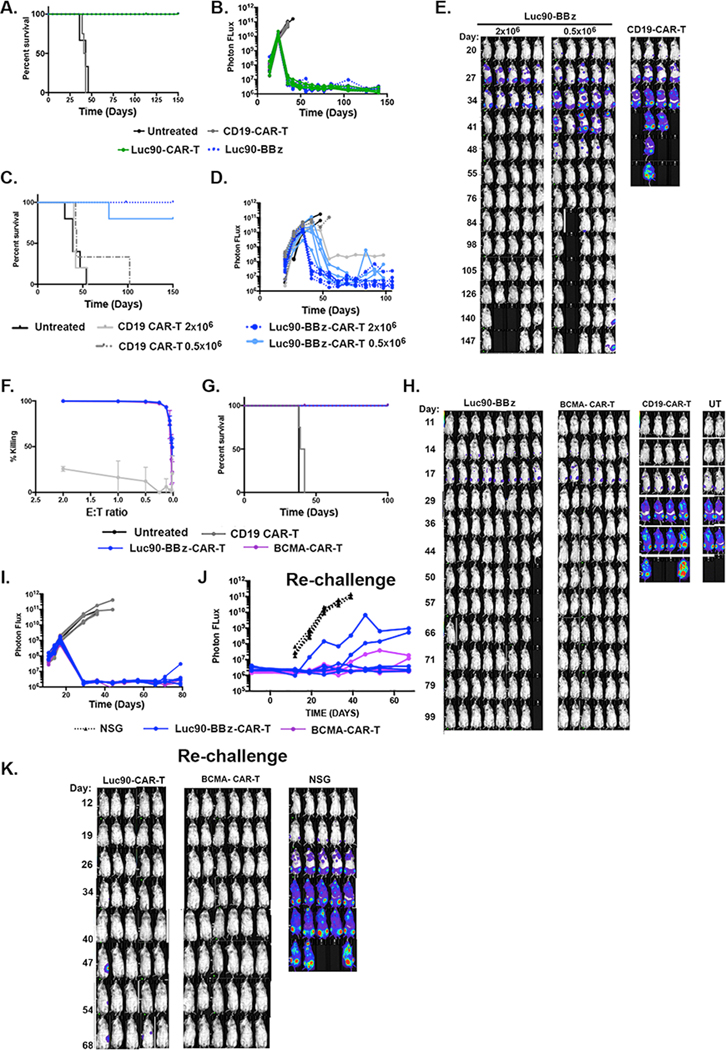Figure 5. 4–1BB only Luc90-CAR-T demonstrates anti-myeloma activity.
A. NSG mice were engrafted with MM.1S-CG cells and treated 24 days later with the original CD28/BBz Luc90-CAR-T (n=5), Luc90-BBz-CAR-T (n= 8), CD19-CAR-T (n=4) or were left untreated (n=3) and monitored for survival. One Luc90-CAR-T mouse was censored due to cage flood. B. Tumor burden measured by BLI C. NSG mice were engrafted with MM.1S-CG cells and treated 28 days later with 2X106 or 0.5X106 Luc90-BBz-CAR-T (n= 5), 2X106 or 0.5X106 CD19-CAR-T (n=2 and 4, respectively) or left untreated (n=5). Kaplan Meier Survival shown D and E. Normalized BLI images shown F. In vitro killing of OPM2-CG cells after 48 hours by Luc90-CAR-T and BCMA-CAR-T G. Mice were engrafted with 1X106 OPM2-CG cells and treated 18 days later with 2X106 Luc90-BBz-CAR-T or BCMA-CAR-T (CD28/BBz). Kaplan Meier survival shown. H and I. Longitudinal BLI was used to measure tumor burden J. Tumor free mice originally engrafted with OPM2-CG cells were re-challenged with 0.5X106 MM.1S-CG cells. Five of seven Luc90-BBz-CAR-T were tumor free and seven of seven BCMA-CAR-T mice were included in the re-challenge experiment. Five tumor-naive NSG mice were used as controls. Tumor burden assessed by BLI is shown and normalized images shown in K.

